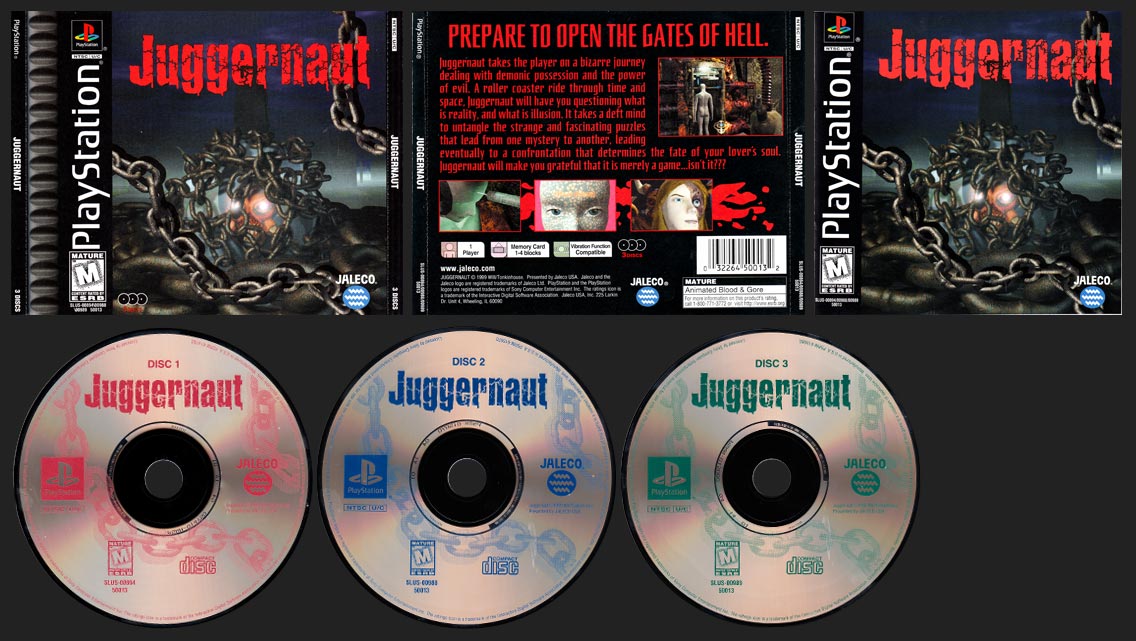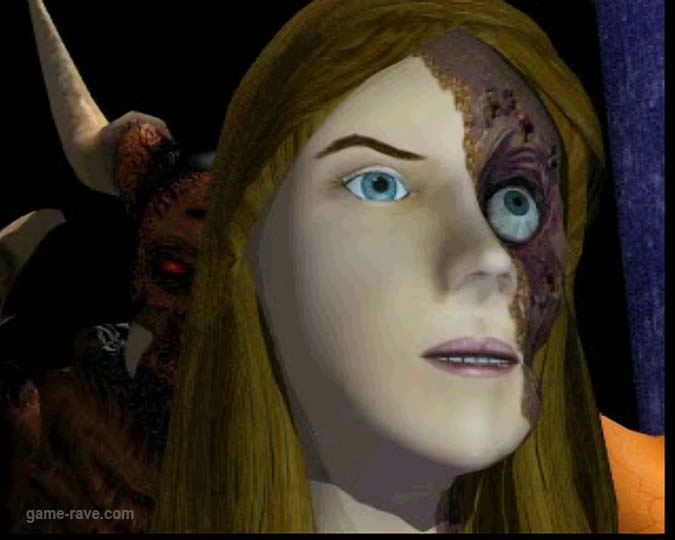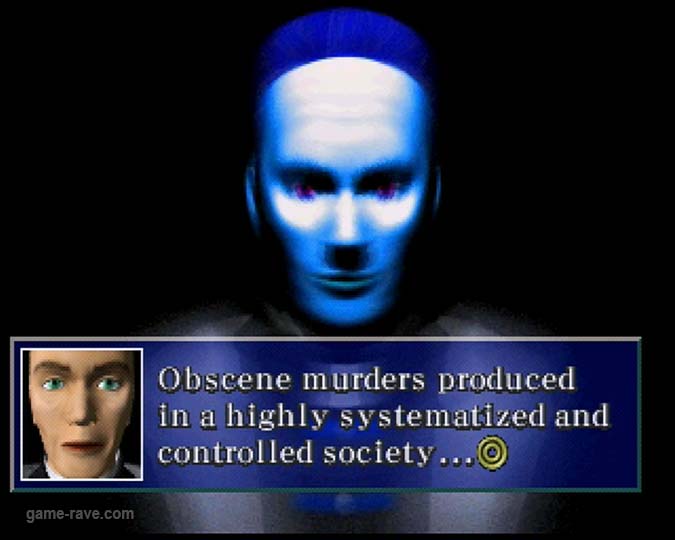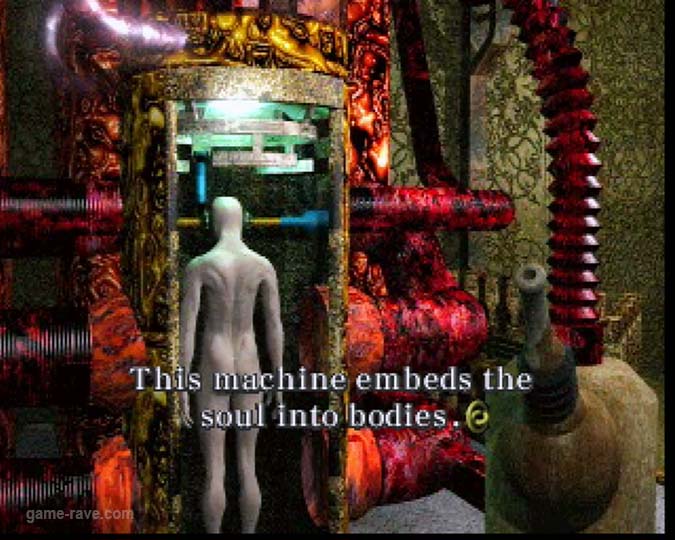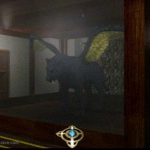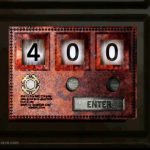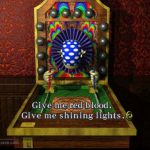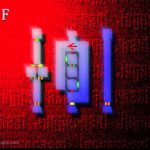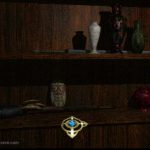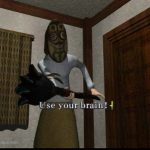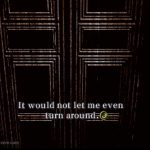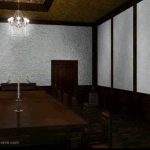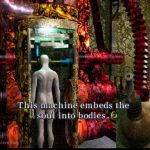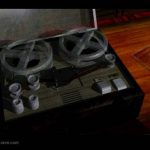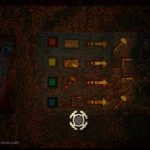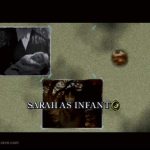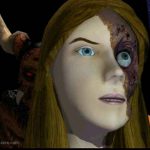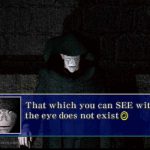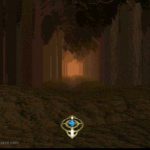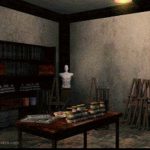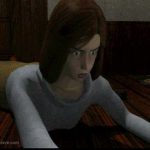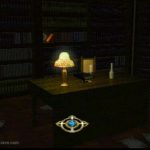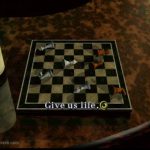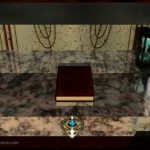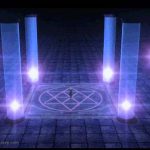| Genre: Point and Click |
CDs: 3 |
|---|---|
| Publisher: Jaleco |
Released: September 30, 1999 |
| Developer: Will |
UPC: 0 32264 50013 2 |
| Sony ID: SLUS-00894, 00988, 00989 |
PSRM: 014750, 015070, 015080 |
| Players: 1 Player |
Memory: 1 to 4 Blocks |
| Accessories: Analog, Vibration |
|
| ESRB: Mature – Animated Blood & Gore |
|
| Box Copy:
Prepare to Open the Gates of Hell Juggernaut takes the player on a bizarre journey dealing with demonic possession and the power of evil. A roller coaster ride through time and space, Juggernaut will have you questioning what is reality, and what is illusion. It takes a deft mind to untangle the strange and fascinating puzzles that lead from one mystery to another, leading eventually to a confrontation that determines the fate of your lover’s soul. Juggernaut will make you grateful that it is merely a game…isn’t it??? |
|
Variants
- There are no known variants.
Misprints
- There are no known misprints.
Review
One of the core reasons I went for a full PlayStation library was for the chance to have access to every adventure made available to the Western public. Trying out sports games I’d normally never play, figuring out strategy games I’d typically be terrible at, and exploring games I’d have not given a second glace on a retail shelf.
That last point could not be truer when it comes to the latest game added to the ‘finished’ pile, Jaleco’s Juggernaut. A point-and-click adventure that quite literally has soul. While visiting an antique shop, a young couple purchase a bottle from the owner, and bring it home to decorate the house. The vessel ends up being cursed, and a demon begins to take over the girlfriend.
Not exactly the effect they were looking for, so it’s time to save her soul. This rescuing isn’t your garden variety sense of heroism though – with the help of an exorcist, the player will shed their mortal flesh and travel through the girlfriend’s very soul to save her. Her soul takes on the curious manifestation of a 5 floored mansion, 3 floors above and 2 below ground. From within the mansion is a set of rooms that open into 8 microcosms.
These microcosms are smaller, more concise realities that all connect back to the mansion. Players will assume 8 different identities to unravel the mysteries that lie within them, before returning to the last door of the mansion to face the very demon possessing the girlfriend.
Jumping to the review, let’s start with the user interface and how players move about the inner world. As mentioned earlier, it is a point and click adventure just like D and Myst. Each step you take in-game is represented as an on-screen image, but when you turn, a short video clip plays to move to you the next available position. While most rooms will simply have four cardinal directions to move between, larger areas will allow a bit more wiggle room, but still using only the 4 directions.
You have a cursor to interact with the mansion, along with a basic map and inventory menu. The cursor will act as your pointer, an inspection and grab tool, and for the first half of the game, your height meter. This last one is where the game’s biggest design flaw is, so let’s get that out of the way.
Within the mansion, to truly explore you will need to rid yourself of your own physical manifestation. This allows your own soul to roam freely with a catch. With no physical anything, you can’t open doors, so you will need to locate body generators. There are adult and juvenile sizes, but the latter is a bit of a misnomer. It’s more like adult and super-tiny mouse mode. Think of them like fleshy taxis – you can travel through doors with them, but only the properly sized doors. In soul form, you will need to find holes to creep through.
Players can pick up and drop off these bodies at their proper stations, but they can’t have two in the same station. Which means there is going to be a lot of back-tracking to take care of as gamers bounce between bodies. It’s a play-mechanic that grows very old, very fast near the final moments before reaching the microcosms.
That aside the sizing gimmick hides a wonderful tribute to show just how much work went into the game’s visuals. Due to the height of each state the user can be in, all 5 floors and their rooms had to be re-rendered for each height where needed. In some instances, the same door can be seen from three different heights, with proper commentary added if it’s interacted with in the wrong form.
It’s these little details that help lift the now seriously dated textures and renders into the modern era of graphical appreciation. The 8 microcosms split 4 sets of visual assets equally, so they’re paired up 2 worlds per room. With the mansion taking on a Resident Evil vibe, the microcosms hop across the genre spectrum. One pair is set in the future, a second literally inside a cyber-world, a third shares an island, and the final areas will take you into a research facility with two very disturbing premises. A personal favorite is the cyber-world, as it requires the player to visit multiple information hubs in order to discern an on-going terrorist attack plot. It really feels like you’re messing around in a virtual interface – at least what they thought it might be 20 years ago.
It’s also here that the game makes it’s saving throw. Where the mansion sequence of events tests your patience with the absurd amount of body snatching needed to finally be completed, here in the microcosms things are much more relaxed. The smaller worlds are more interactive stories, allowing you to enjoy the sad tales than rage quit at another body transfer.
From an audio standpoint, Juggernaut is fairly minimalist in its offerings. Most of the soundtrack is subtle, if not subdued. Most of the noise coming out of the PlayStation will come from the item sound effects and anytime an evil character needs to laugh or roar.
Having finished and enjoyed it, the question is, will you? For my play-through, I did use a Strategy Guide for several of the body swapping sequences, and with backtracking included, the game is about 12 hours long. While the constant back-tracking to change sizes drove me crazy, I really did enjoy the microcosm stories. The game’s base ending leads to an interesting game plus mode, where you play from a different person’s perspective for a few minutes to fill in the rest of the story and reveal the true ending.
Funny enough, both endings along with the final battle present questions about what really happened. With the game’s extremely rigid and simple translation, some of the subtext the writers were intending come through garbled to the American player. To compare notes, I’ve replayed D at least 3 or 4 times in the last twenty years – I don’t know if I’d ever replay this again. It was worth the solitary effort, though.
When all is said and done, Juggernaut trips over its own spell-casting, giving players a unique look into the soul – so long as you don’t mind switching vessels every 5 minutes.
The Good
- Wonderful, simple story telling in the back half
- Nice Game+ Feature to tie up loose ends
- Lot of diversity in the rooms
The Bad
- Translation loses something
- Body swapping gimmick gets old fast
- Video sequences have not aged well
Final Score: 6 / 10 – Good
Juggernaut is a game with a story to tell, but the front half is bogged down by a horrible design choice. Use a guide and enjoy the trip through a woman’s tormented soul.
Screenshots
Videos

Trivia
- For the love of all that is good and pure, bring a pencil and paper along with your smart phone. There are riddles and answers that can not be memorized. This includes a red and blue color diagram, along with deciphering several codes and the proper way to literally rotate a room.
- There is a Game+ Mode where you acquire a Chess piece and must use it under a different person to solve the last remaining mystery in your lover’s soul.
- Juggernaut allows four save points per memory card. It is highly recommended to have a couple extra cards so you can make separate saves in case the body swapping sequences throw you off. Back-tracking is just as cumbersome as back-tracking to undo the incorrect backtracking.
- The game is three discs, but they are not played in order. You will swap between them often.
- Instruction manual explains the Hindu origins of the game’s name.
- It’s just me, but the mansion reminds me a LOT of Resident Evil. It’s a good thing, honest.
- Game Play Spoiler: You will come across 5 film reels, with one of them being blank upon reading it. This is a red herring and not used in-game.
- Game Play Spoiler: You will need to know musical terms and keys, as well as how you make green paint. If you’re tone deaf, one of the earlier door puzzles will drive you insane.






